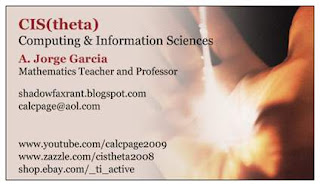A little nightime reading re openMPI, enjoy!
https://computing.llnl.gov/tutorials/parallel_comp
http://www.parallelpython.com/content/view/17/31/
http://www.cisco.com/en/US/docs/server_nw_virtual/open_fabrics_enterprise_distribution/ofed_host_driver/release1.1/user/guide/mvapich-open-mpi.pdf
http://www.sccs.swarthmore.edu/users/03/melmul/mandelbrot.txt
http://www.cis.udel.edu/~pollock/367/manual/node35.html
http://www.linux-mag.com/id/5759
http://atc.ugr.es/javier-bin/mpitb
http://techtinkering.com/articles/?id=32
http://www.bisseling.de/georg/mpitutorial/tutorial.pdf
http://www.teragrid.org/tg09/files/TG09PresentationCompEx.pdf
http://www.cis.udel.edu/~qili/ta/cis372/manual.html
http://www.utdallas.edu/~edsha/parallel/MPI2010.pdf
http://www.cgl.ucsf.edu/home/bic/
http://www.filibeto.org/~aduritz/truetrue/hpc/hpc-for-dummies.pdf
http://www.parallelpython.com/content/view/17/31/
http://www.cisco.com/en/US/docs/server_nw_virtual/open_fabrics_enterprise_distribution/ofed_host_driver/release1.1/user/guide/mvapich-open-mpi.pdf
http://www.sccs.swarthmore.edu/users/03/melmul/mandelbrot.txt
http://www.cis.udel.edu/~pollock/367/manual/node35.html
http://www.linux-mag.com/id/5759
http://atc.ugr.es/javier-bin/mpitb
http://techtinkering.com/articles/?id=32
http://www.bisseling.de/georg/mpitutorial/tutorial.pdf
http://www.teragrid.org/tg09/files/TG09PresentationCompEx.pdf
http://www.cis.udel.edu/~qili/ta/cis372/manual.html
http://www.utdallas.edu/~edsha/parallel/MPI2010.pdf
http://www.cgl.ucsf.edu/home/bic/
http://www.filibeto.org/~aduritz/truetrue/hpc/hpc-for-dummies.pdf

Happy Clustering,














